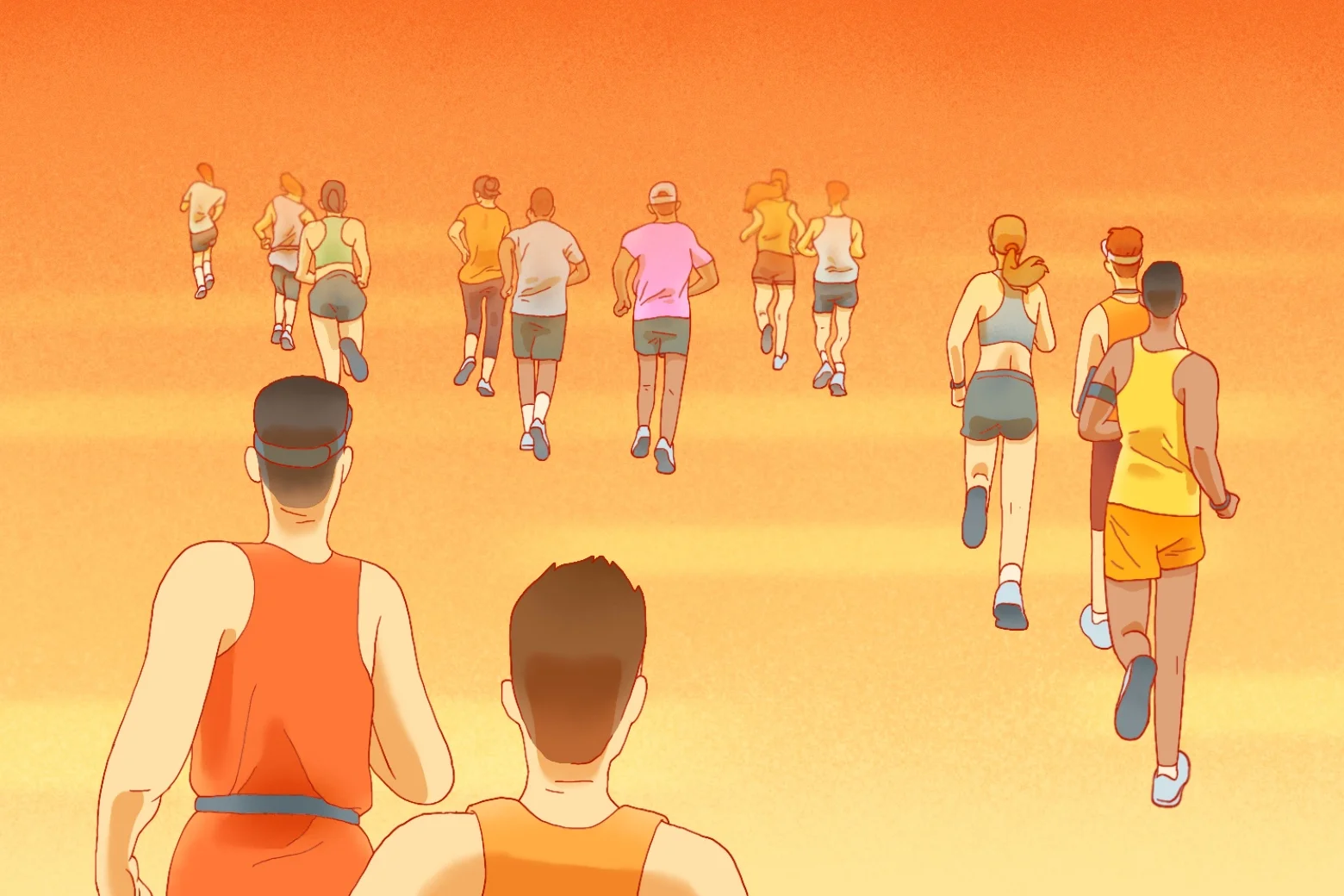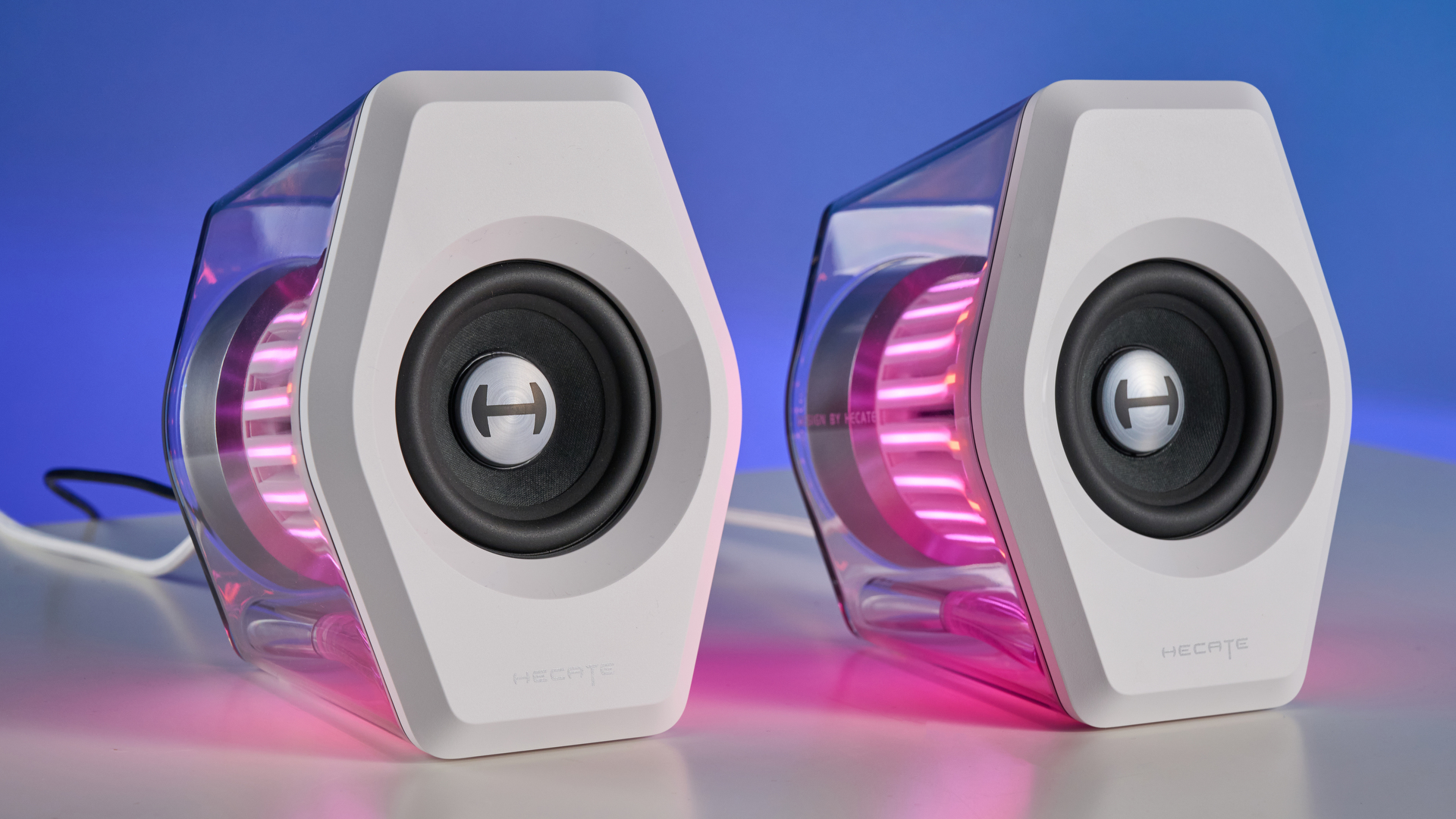
Sign up for the Slatest to get the most insightful analysis, criticism, and advice out there, delivered to your inbox daily.
When John Pitzel started the 2025 Tokyo Marathon, he knew that it was going to be hot. Tokyo is typically 50 degrees in early March, but on March 2, the temperature hit 68 degrees—perfect weather for a stroll but very warm for a marathon, especially for athletes who had trained through the winter to be there.
The 62-year-old isn’t a stranger to heat. He has run 13 full marathons and 199 half-marathons in all kinds of weather and has led pace groups in some of those marathons for the past five years. He knew that he could finish if he just ran a bit slower than normal. But he didn’t expect for the race’s aid stations to stop handing out water, especially because the runners were not allowed to carry their own hydration bottles. The event also has strict cutoff times. If you don’t reach a specific mile by a specific time, you’re forced to leave the race. He missed the mark and was yanked off the course. The next day, to add insult to cramps and dehydration injury, it snowed. “I was shocked at the lack of contingency planning, given that you could look at the weather forecast and see it was going to be warm,” he said.
As climate change makes our weather more dangerous and chaotic and hot days far away from summer become the norm, the running community is being forced to confront the reality that there are no safe times to put on a race anymore. What exactly is too hot for a runner depends on their own preferences, what their body can handle, and where they’ve been training—someone used to running in Miami, for example, may not struggle with heat and humidity as much as someone who lives in Anchorage. But what is clear is that organizing a race isn’t going to get any easier.
According to a 2022 study in Nature, over the next 75 years runners will see a 27 percent decline in cities that could reasonably host an Olympic marathon, and the Earth has only gotten warmer since then. Cities like Tokyo, which should be a safe bet in March, aren’t. The women’s marathon in the 2024 Paris Olympics, held in August, hit close to 90 degrees. And oftentimes, sports governing bodies pick host cities with what feels like little regard to runner safety. The 2019 World Athletics marathon was held in Doha, Qatar, in October, when average highs are in the 90s. The start time was moved to 11:59 p.m. to beat the heat, but that didn’t work. It was still about 90 degrees, and 28 of 68 competitors didn’t finish.
Professional runners have more resources than us regular runners to train for hot races, like temporarily moving to a warmer climate for training. The rest of us are often left trying to figure out whether we should get into a race at all, competing against our own common sense that, yes, it is too hot to run today, while weighing worries about entry fees (because, by and large, these are nonrefundable), travel expenses, and sometimes months of training to be in peak condition for that specific date.
“There’s that mentality of ‘Don’t quit’ and ‘Embrace the suck’ that can get people in a position of allowing something in your brain to override a really important mental function,” said Jean Knaack, CEO of the Road Runners Club of America, a long-running nonprofit dedicated to growing the sport. “You’re trying to override a danger signal, which is why I say it is a shared responsibility and participants really have to make the call that if it’s really horrible, live to fight another day.”
Some races are making the decision for us by canceling. In 2023 the Twin Cities Marathon axed its October event just a few hours before race time. The temperatures that day would peak at 84 degrees.
It wasn’t a snap decision, said race director Ed Whetham. Twin Cities in Motion, which puts on the race, started to create a plan for a potential hot-weather day after 2007’s 88-degree Chicago Marathon. The race was eventually stopped three and a half hours in. Even so, one person died, and more than 300 runners were picked up by ambulances. TCM crunched the numbers and estimated that “if we reach this temperature, we can expect this number of transports” to hospitals, said Whetham. “We got to that morning, and it was very clear we’re at that level and we don’t feel comfortable for the safety of our runners and our community. It wasn’t an easy decision, but it was the right decision, absolutely.”
Race organizers have a few options if their event is still going to go on. Some may switch to earlier start times to avoid the hottest hours in the day or, if it’s a marathon, go down to a half-marathon. Knaack added that Twin Cities could more feasibly call off the race because it had cancellation insurance, which not every event has. The New York Road Runners have an array of changes they make to a race when it’s going to be hot, including increasing the frequency of water stations, adding misting stations, and having iced towels at the finish line. The organization has canceled events due to heat, said Ted Metellus, NYRR’s chief event production officer and race director, but also due to lightning, poor air quality, and snow. In 2012 NYRR canceled the New York City Marathon after Superstorm Sandy.
This year, one person died and 15 people went to the hospital during the Brooklyn Half Marathon, a May 17 race for which the weather topped out at just over 80 degrees. It was almost an exact repeat of that race in 2022, which had also occurred on a very hot day, and in which the same thing happened: one death, 15 people sent to the hospital. That year, it was 88 degrees. Metellus noted that the weather on that day wasn’t hot enough to meet the threshold to cancel, and in general, “it’s a numbers game,” he said. While runner deaths are rare, it happens.
He’s not wrong—and I say this as someone who said on social media that the 2022 race should have been canceled (and was chased around the internet by fastholes for saying so). One analysis found that the rate of sudden cardiac death for marathoners is between 0.6 and 1.9 per 100,000 participants. Of course, factors besides heat contribute to these fatalities. I’ve written in the past about how caffeine, for one, could play a role in heart attacks at the finish line. But the heat can’t be helping. Metellus said that any fatality hits him and his organization hard, and that they are considering moving the race in the future.
Like Knaack, just about everyone else I talked to for this story said that runners bear some responsibility in deciding whether to run a hot race. Yes, of course, they should know their limits and back off if they suspect that a race is dangerous for them or drop out if they feel sick. Race organizers like Twin Cities in Motion and the New York Road Runners also produce content to educate people on how to run in hot weather—tips like slowing down your pace, wearing sweat-wicking fabrics, and making sure you take in fluids and salt during the event, or, if you don’t feel comfortable competing in those conditions, staying home, staying safe, and living to run another day.
The Tokyo Marathon is changing for 2026. Race organizers wrote to me that the problem this year was that they ran out of cups to distribute water, and for next year, they plan to “increase the supply of sports drinks, water, and paper cups, and will also review heat countermeasures implemented at other major marathons.” Additionally, they will be adding more sponge distribution points if weather forecasts predict temperatures above 59 degrees and are considering water showers for runners. They don’t plan to change the mile-marker cutoff times, however, so runners like Pitzel who do slow down might still be pulled from the course.
Pitzel already plans to go back to Tokyo in 2026. He’s trying to run all six World Marathons, and it’s only the second time he hasn’t finished a marathon. (The other was due to an injury.)
That wasn’t the case when he ran the Berlin Marathon, another world major marathon, on Sunday. Like what happened in Tokyo, the temperature was “unusually” hot for this time of year, getting close to 80 degrees. But unlike Tokyo, he said, the race was much more prepared. Organizers sent out an email the day before the event with heat recommendations, including to “drink plenty of fluids, replenish electrolytes, and get enough sleep. On race day: adjust your pace, be sure to wear a hat and use cooling strategies, and drink regularly. Protect yourself—that way you’ll reach the finish safely and successfully.”
It wasn’t exactly a pleasant experience, he wrote in an email a few hours after the race. He made sure to slow down and drank a lot of fluids. It helped that the race didn’t run out of the fluids either. The event featured water spray stations and extra water stops. There was “no shortage of water to pick up or run under,” he wrote. “It was brutally hot, but I got it done.”



